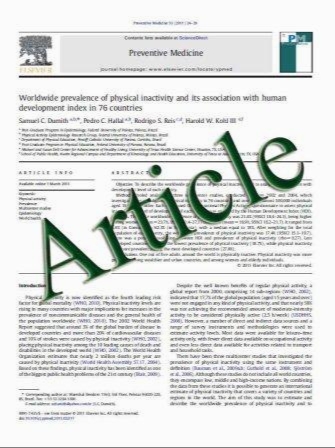Magnetic resonance imaging of the brain in adenylosuccinate lyase deficiency: a report of seven cases and a review of the literature
- نوع فایل : کتاب
- زبان : انگلیسی
- مؤلف : Agnieszka Jurecka & Elzbieta Jurkiewicz & Anna Tylki-Szymanska
- چاپ و سال / کشور: 2011
Description
Adenylosuccinate lyase (ADSL) deficiency is a rare autosomal recessive disorder of purine metabolism. Patients may present with a wide range of neurological symptoms. Head imaging abnormalities have been reported only rarely in the scientific literature and include atrophy of the cerebral cortex, corpus callosum, cerebellar vermis, lack of myelination, delayed myelination, anomalies of the white matter, and lissencephaly. The pathogenesis of abnormalities remains unknown. To further the understanding of the spectrum of brain abnormalities associated with ADSL deficiency, we examined the magnetic resonance findings in seven Polish patients with different clinical phenotypes and genotypes. Head MRI showed impaired white matter myelination with various degrees of global supra- and infratentorial white matter loss including widening of the lateral ventricles, enlargement of the subarachnoid spaces, atrophy of the cerebrum, hypoplasia of the cerebellar hemispheres and enlargement of the cisterna magna, and white matter abnormal hyperintense signal on T2-weighted sequences. We recommend performing a detailed analysis of urine and plasma purine metabolites in patients who have neurological findings, including developmental delay, microcephaly, autistic features, neonatal encephalopathy, and seizures especially if MRI findings such as delayed or lack of myelination, white matter abnormal signal, and atrophy of the cerebrum and/or cerebellum are also present. Greater awareness of adenylosuccinate lyase deficiency among general pediatricians, neonatologists, pediatric neurologists, and also radiologists is the key to identifying the disorder at an early stage.
Eur J Pediatr DOI 10.1007/s00431-011-1503-9 Received: 21 February 2011 / Accepted: 17 May 2011


